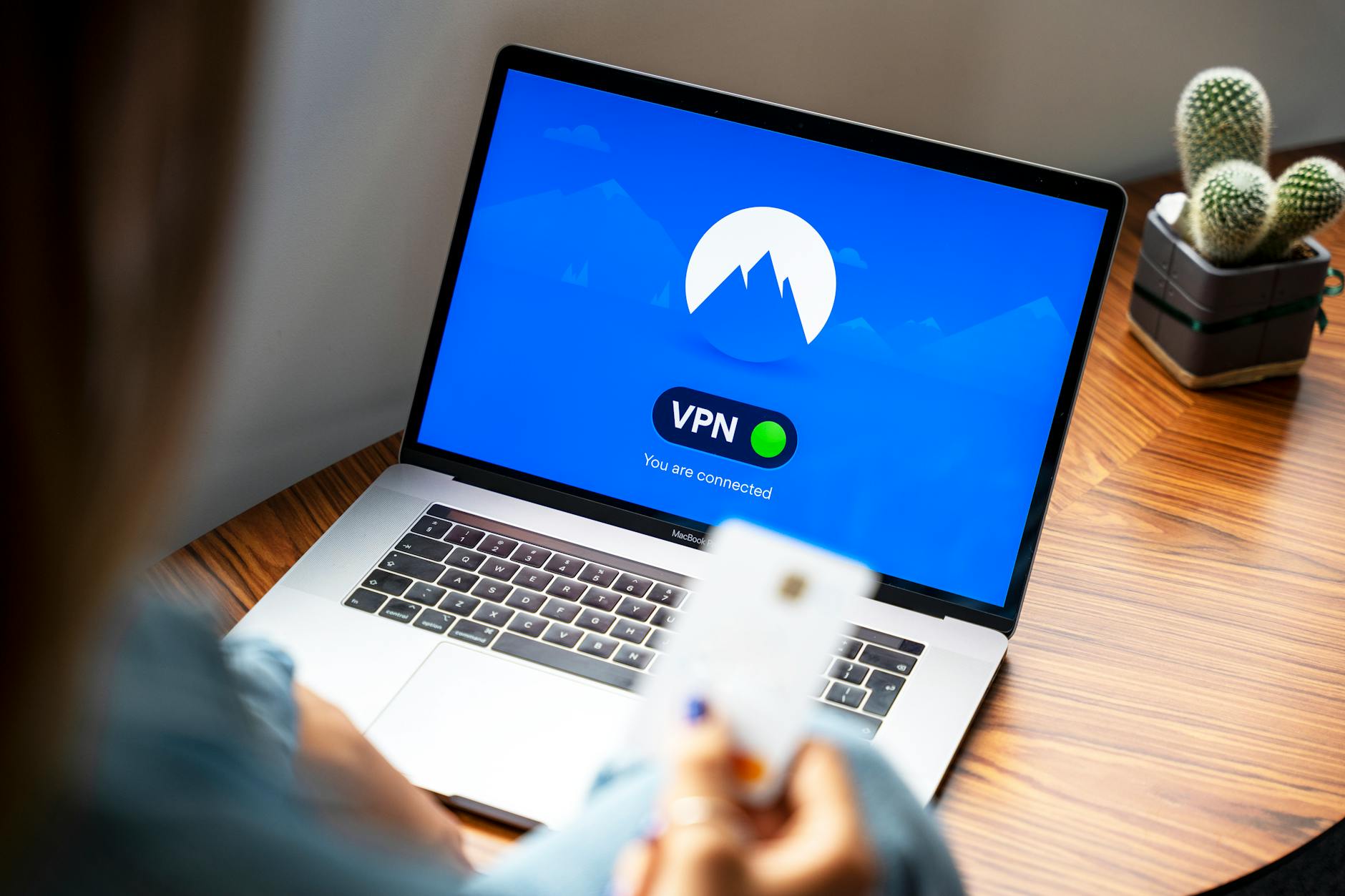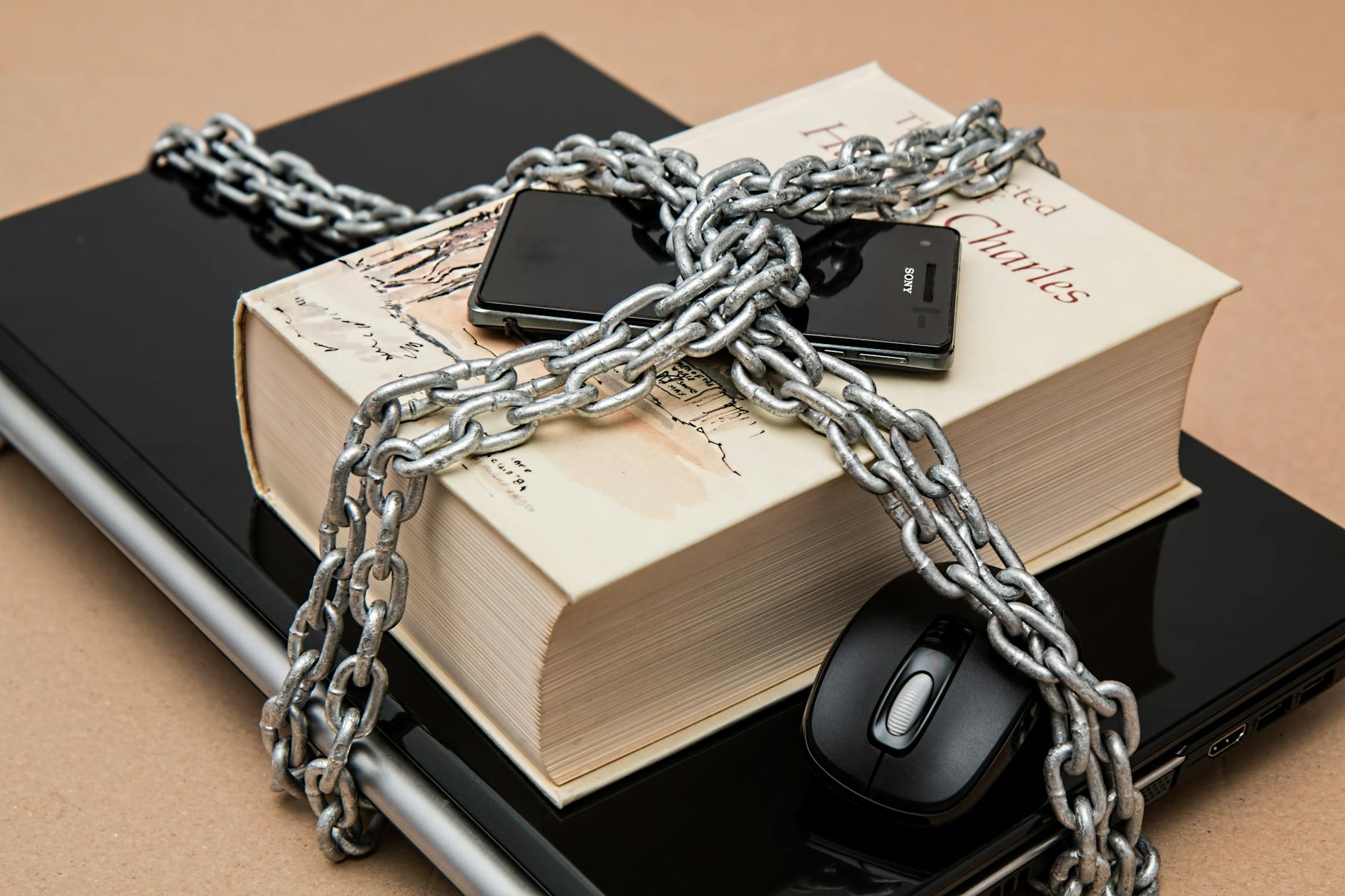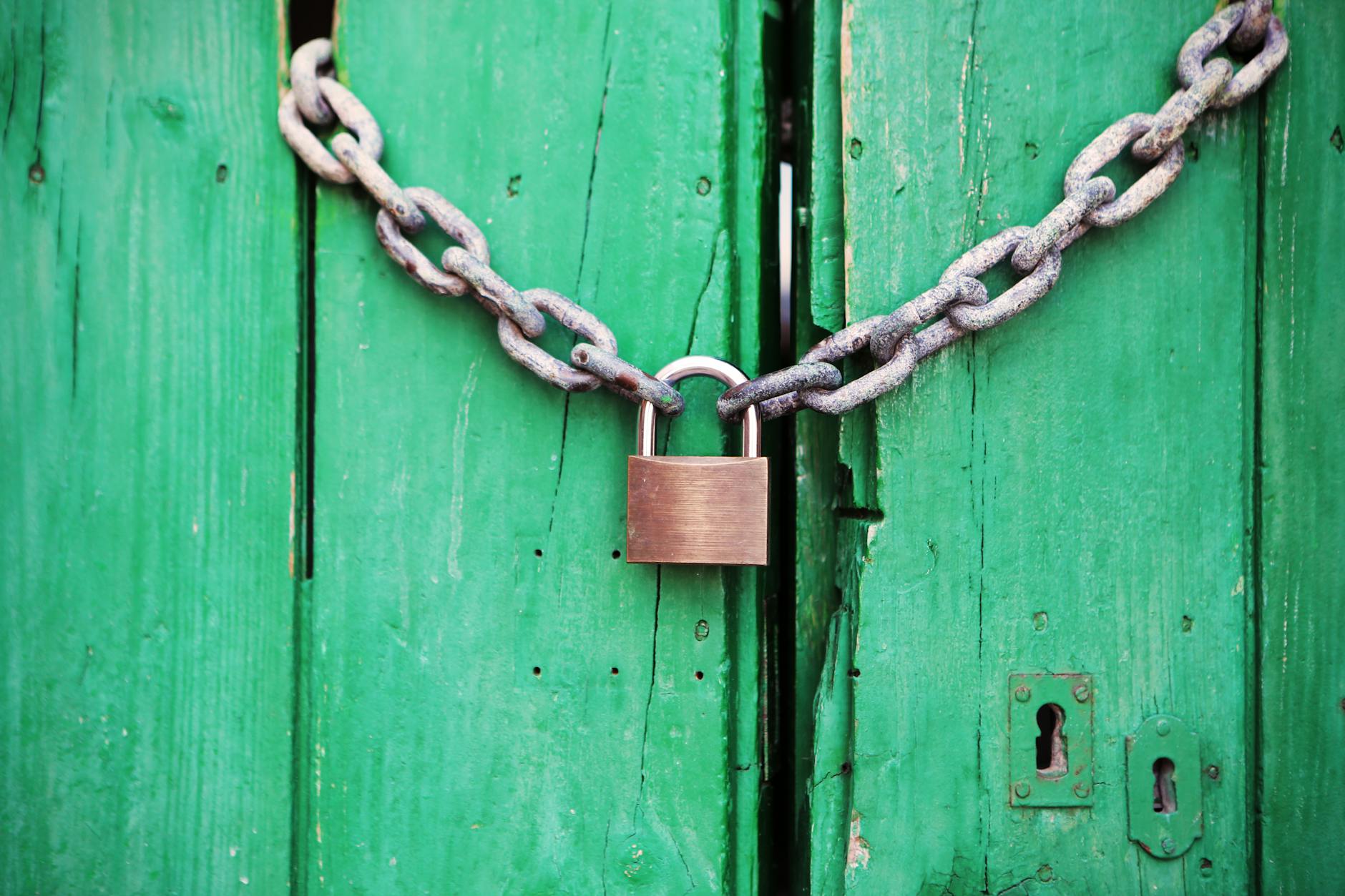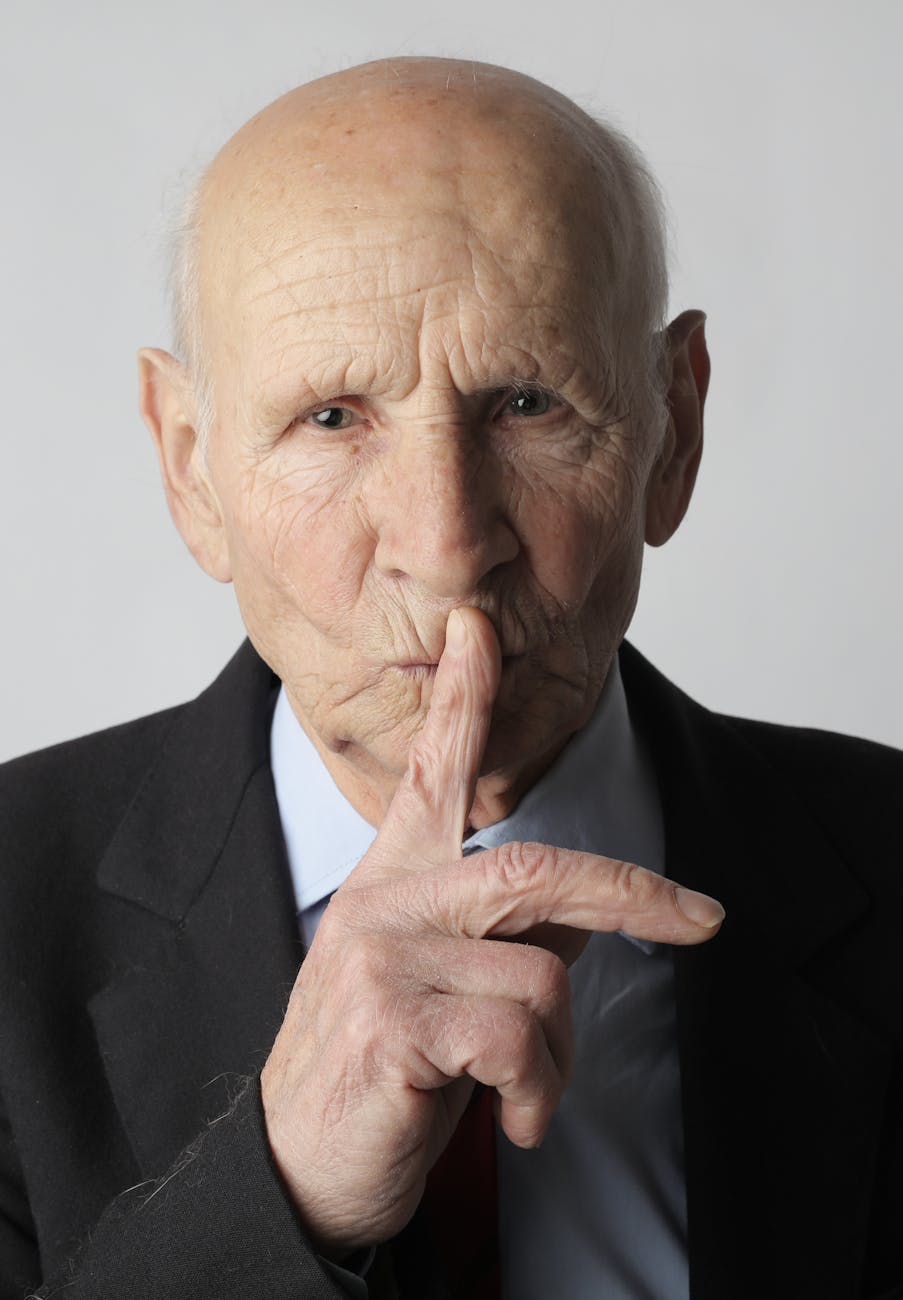Well first of all I don’t really understand why a MacBook Pro 15″ needs 87 watts (what a weird number), but also all the charges I’ve been looking at stop at 60 watts for some reason. So on to figure out why this is true.
Turns out it has to with something called USB Power Delivery. This is basically a specification which changes the voltages and available amperages out of a USB connector. This all starts with the ancient history focused on delivery more amperage on the 5V standard that is in the older USB connectors (micro, mini, A, B)
- The original USB 2.0 had a fixed 5V supply and then 500 mA to give you 2.5W worth of power.
- USB 3.0 gets you up is at 5V and gets you to 900mA or 4.5W
- USB BC on the same “old” style connectors” get you to 1.5A or 7.5Watts. Technically this is using something called Power Profiles.
- Proprietary standards like Qualcomm Quickcharge gets you up to 2.4A and this is implemented on some devices. Apple has their own system that gets you up to 2A or 10W.
However with the new USB C connector, you get a lot more flexibility because you an increase voltage as well and this is called Power Delivery 2.0 (PD for short) that uses Power Rules which are more flexible than Power Profiles and it has more pins so that you get:
- Dual Role Delivery. have a data channel that allow devices to decide who supplies power to whom (called Dual Role Delivery), so your USB battery can charge a device and be charged with the same connector rather than having a micro USB to charge and the USB B to connect things. The MacBook Pro does that too, it can charge your phone and it can be charged on the same connector.
- Setting voltage and amperage. The key idea is that a device can ask for a specific voltage *and* amperage. As an example, the iPad Pro can ask for 9V and 3A to get 27 Watts. The allowable voltages are 5V, 9V, 15V and 20V. Then up to 3A are allowed. This by the way is why most current chargers are up to 60W, that is the maximum 20V x 3A.
- If the charger can’t deliver it there is a fallback system so that the charger and the device can negotiate the fastest charge.
- Apple has some special standards that convert USB C to Lightening. This allows up to 27W worth of charging so you want to make sure to get the new style cable when you can because charging from USB C is going to be way faster than using the older USB A/B cables.
- To get to 100W, the charger needs to support amperages above 3A, but most third parties do not have control chips that do this. That is why you are limited to 60W. So if you can wait a bit and hopefully they will come out with the 5A needed for the 100W “full” standard.





